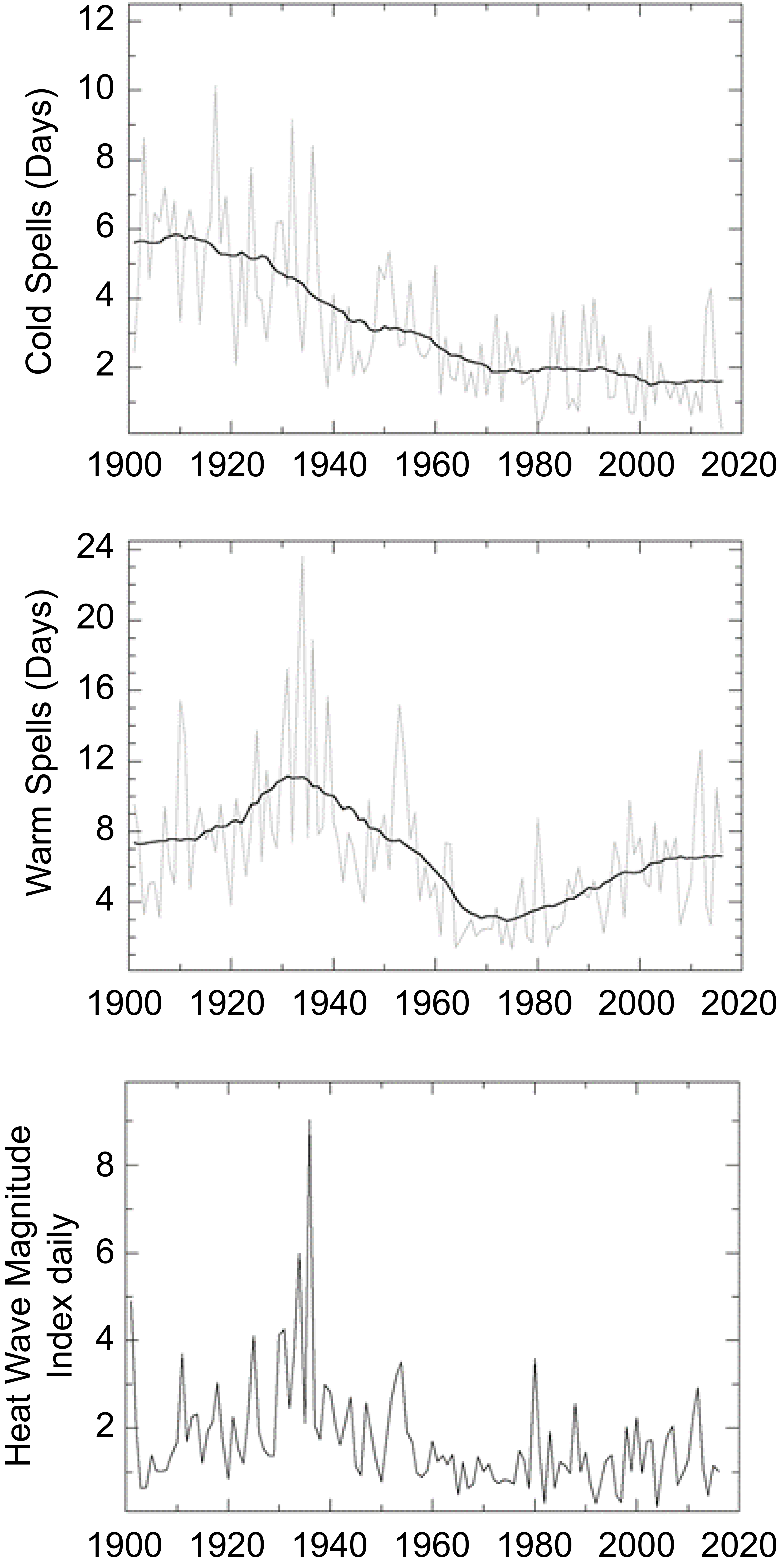https://notalotofpeopleknowthat.wordpress.com/2018/11/25/national-climate-assessment-southeast/
By Paul Homewood
https://edition.cnn.com/2018/11/23/health/climate-change-report-bn/index.html
This latest Federal Climate Report follows the same pattern as previous ones. Cherry pick a few bad weather events, ignore all of the bad weather which did not happen, and extrapolate the lot using the most scary scenarios.
Last year, they issued the “Climate Science Special Report”, which basically summed up past climate trends and projected forwards. That was Vol I of the Fourth National Climate Assessment, which I dissected here.
The latest publication is Vol II, which looks at impacts, risks and adaptation, down to regional level. Vol II is here.
Inevitably it is a huge report, reflecting how many climate scientists have contributed to it. Never mind the quality, feel the width!
I think the best way to tackle the report is to look at specific claims individually. The CNN article specifically highlights a number of scary outcomes. Today I will analyse this particular one:
The Southeast alone will probably lose over a half a billion labor hours by 2100 due to extreme heat
This is the exact wording in the National Climate Assessment (NCA), in Section 4 – Rural Impacts in the Southeast.
Inevitable “heatwaves” are something which crop up frequently in the NCA, inevitably getting worse!
It is important therefore to actually refer back to what the NCA Vol I actually had to say about heatwaves last year:

All three indicators, highest temperatures, number of warm days and heat wave intensity very clearly show that heatwaves across the US as a whole were far worse prior to 1960.
The climate establishment likes to pretend that this was just a quirky phenomenon limited to the dustbowl years. The charts give the lie to this. Periods such as the 1920s and 50s also exhibited heatwaves more intense than anything experienced recently.
Back to the Southeast, however. According to NOAA, average summer daytime temperatures were every bit as high in the years prior to 1960.
It is little wonder that climate scientists love to begin their trends from the 1960s or 70s!
And as the new NCA itself shows, days above 95F were considerably more frequent prior to 1960 in the Southeast:
https://nca2018.globalchange.gov/chapter/19/
Even the most recent decade is no worse than the 1980s.
While the past is no guide to the future, there is no evidence that to support the NCA’s claims of extreme heat.
It is true that night time temperatures appear to be on a rising trend. But how much of this is due to UHI?
In any event, while accepting that hot nights can be a real problem for health, we now have something called “Air Conditioning”. Instead of wasting billions on tackling climate change, would it not be better to ensure that everybody in need gets proper air conditioning for their homes. Along, of course, with affordable electricity to run it.







